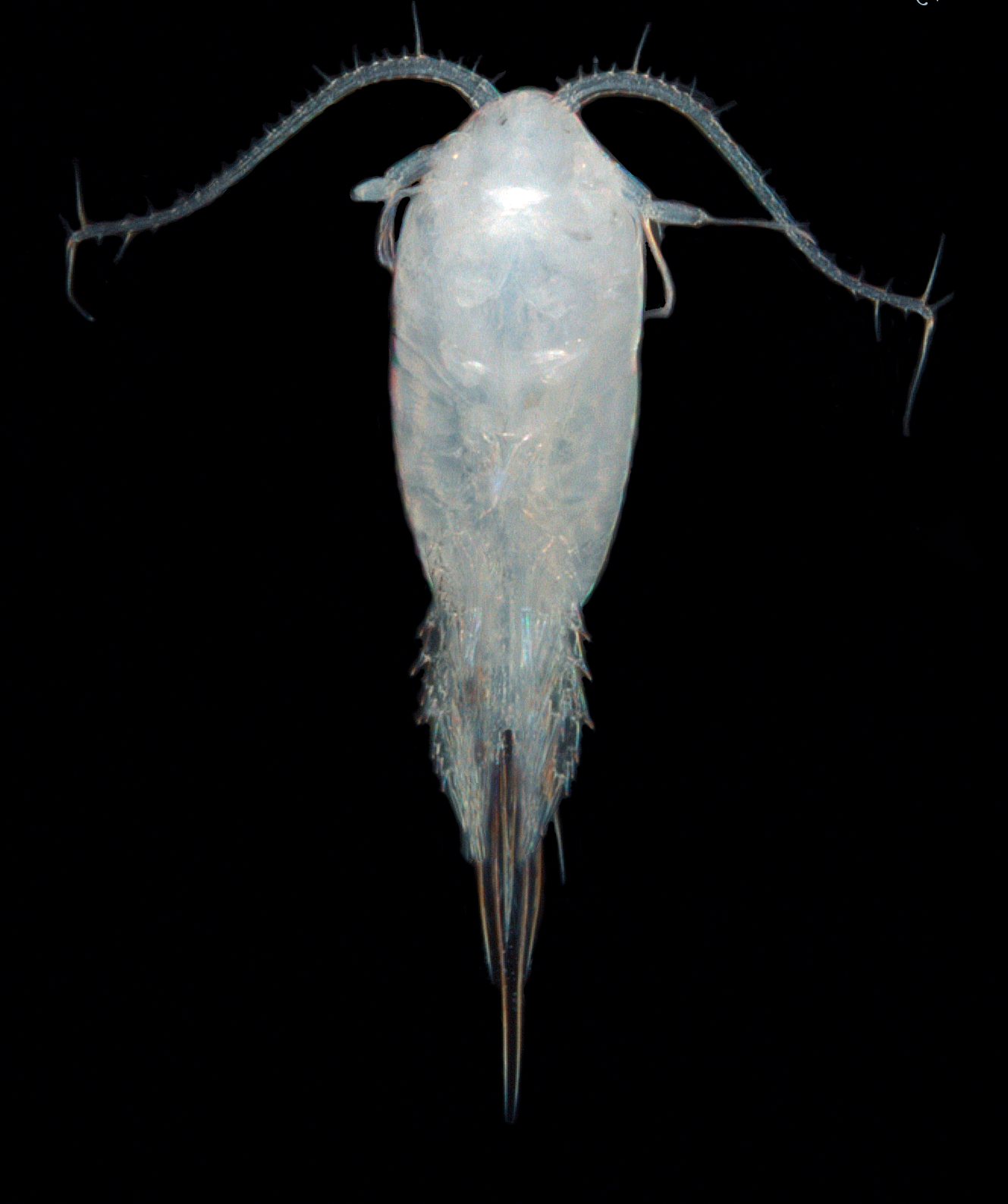Inventory of marine Copepoda and Cladocera (Crustacea) in Norway (COPCLAD)
Copepods (Copepoda) and water fleas (Cladocera ) are small crustaceans, common in the zooplankton. They occupy a key role in the marine food chain, and have great importance as a link between phytoplankton and higher trophic levels. Despite of their important ecological role, the knowledge on their taxonomy and distribution in Norway is still inadequate and incomplete.
Although the systematic of the most common species of copepods are well known from the early work of Sars (1903-1918), new molecular methods have revealed several taxonomic difficult (cryptic) species of copepods. As a result of rising ocean temperatures and increasing maritime activities, several species of copepods and water flees have changed their geographical distribution, or have been transported to Norwegian waters with ballast water. Marine water fleas are common in coastal waters, and in fjords affected by freshwater run-off. Brackish areas are however poorly studied in Norway. There are several invasive species of water flees that have caused ecological changes in brackish water systems such as the Baltic Sea and the Caspian Sea. Knowledge of biodiversity and species' distribution is essential if we shall be able to detect changes in the marine environment. In view of current climate change, as well as the continuing pressure by invading species, there is a clear need for updating the national knowledge base on occurrence and distribution of marine Copepoda and Cladocera in Norwegian waters.
COPCLAD will perform a comprehensive inventory of marine planktonic copepods and water flees in the Norwegian EEC and the Arctic ocean. The project will collect samples from coastal and off-shore locations including the regions Skagerrak, North Sea, Norwegians Sea, Barents Sea and the Arctic Ocean (57- >80 N) . Sampling will cover the whole water column (0-1000 m), over a wide salinity gradient: from inner estuaries (<10 ppt) to open ocean (>35 ppt). The project expects that species new to Norway and to science will be discovered as a result of the efforts. The results from this effort will serve as a baseline summary for the detection and analysis of any future changes in species diversity or distribution, including introduction of alien species.
Project leader: Tone Falkenhaug, Institute of Marine Research
Project period: January 2015 – December 2017
Collaborating partners: Norwegian Institute for Water Research, University Museum of Bergen, Natural History Museum in London, Foundation for Ocean Science, University of Connecticut, Senckenberg German Center for Marine Biodiversity Research, University of Stockholm, The University of Agder
